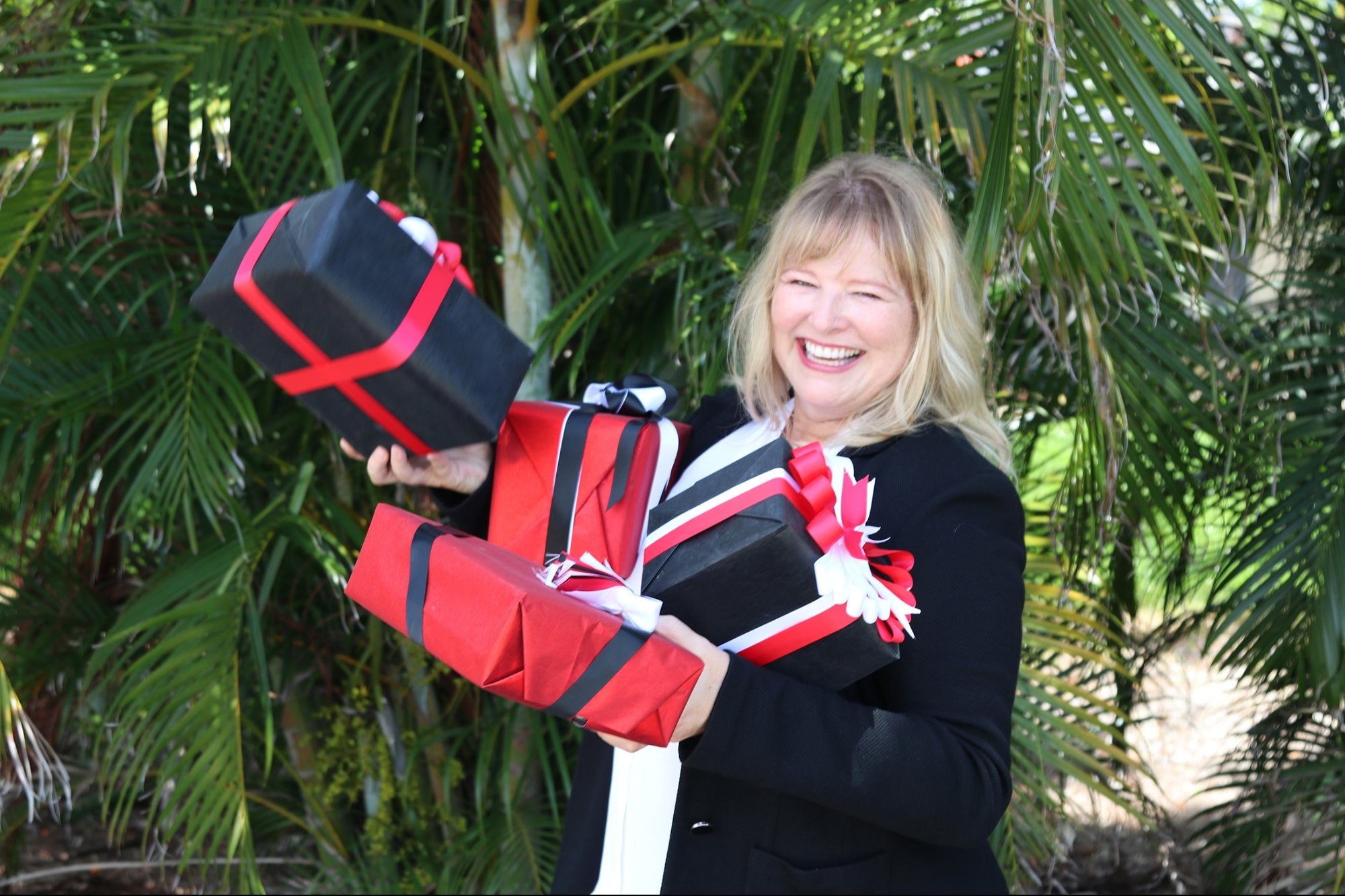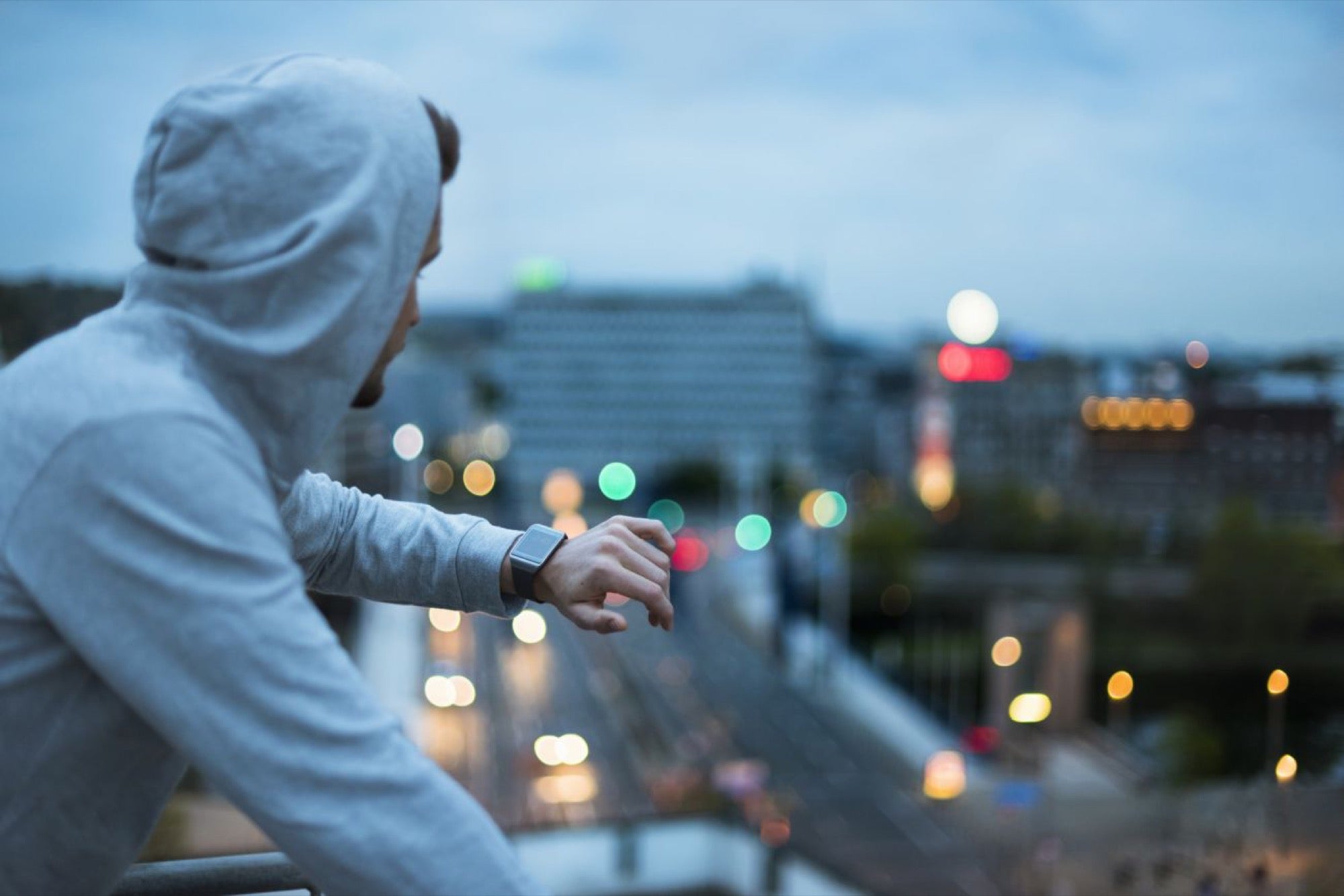How to Find the Right Location for Your StoreLocation is key to a successful retail operation. Get the facts on how to decide where to base your business.

InStart Your Own Retail Business and More, the staff of Entrepreneur Media Inc. and writer Ciree Linsenman explain how you can get started in the retail industry, whether you want to start your own specialty food shop, gift shop, clothing store or kiosk. In this edited excerpt, the authors offer smart advice to help you choose the best location for your new retail business.
The best location for a brick-and-mortar retail business combines visibility, affordability, and lease terms you can live with. You need to be where the action is, so deciding where to put your business is every bit as important as the business you decide to go into.
Take the time to analyze the areas that appeal to you. Study the business and consumer pages to see where you can find business support services and a growing community of people with regular incomes and interest in the goods or services you plan to offer.
There are three phases of choosing a location for your retail business: selection of a city, choice of an area or type of location within a city, and identification of a specific site.
In choosing a city, investigate these main factors:
- Size of the city's trading area
- Population and population trends
- Total purchasing power and who has it
- Total retail trade potential for different lines of trade
- Number and size of competition
- Quality and aggressiveness of competition
Once you have a general idea of what city you like, choose an area or type of location within that city by evaluating these:
- Customer attraction power
- The nature of competition
- Availability of access routes to the stores
- Zoning regulations
- Geographic direction of the city's expansion
- General appearance of the area
- Sales and traffic growth prospects of the trade area
- Demographics of neighborhoods
These are factors in narrowing down your site choices:
- Traffic flow
- Complementary nature of neighboring stores
- Adequacy of parking
- Vulnerability to competition
- Cost of the site
Use theScribble Mapsapp to create your power zone. Place an "X" where your business will be. Then draw three circles that represent 5, 10, and 15 miles from you. This is where your bread-and-butter customers live and/or work. Will their demographics support 75 percent, 20 percent, or 5 percent of the sales you need? Google Trends is a great research tool to identify the location of differing appetites around the world. It tracks the frequency of search terms by rank, location, and language. For example, the San Francisco Bay Area comes up high on the list when searching the term "raw food" making a raw juice and snack concept well placed for success. You'll also want to see if the population is growing or declining. Are there seasonal variations in population that favor your type of business, or will you suffer when students, families, or snowbirds leave town? And you'll want to check out the activity during the week, weekends, daytime, and nighttime to see if it's in alignment with your business plans.
Pinpointing a specific site is particularly important. In central and secondary business districts, small stores depend on the traffic created by large stores or a group of stores. These stores depend on attracting customers from the existing flow of traffic. However, where sales depend on nearby residents, selecting the trading area is more important than picking the specific site.
Type of products and location choice
Another factor that affects site selection is the customer's view of the goods you sell or the services you offer. Customers tend to group products into three major categories: convenience, shopping, and specialty goods.
1. Convenience goodsare usually low-priced, frequently purchased items that require little selling effort, are bought by habit, and are sold in numerous outlets. Candy bars, newspapers, cigarettes, and milk are examples. Quantity of traffic is most important to stores handling convenience goods. The corner of an intersection that offers two traffic streams and a large window display area is usually a better location than the middle of a block because convenience goods are often purchased on impulse in easily accessible stores.
If consumers must make a special trip to purchase food and drug items, they'll want the store to be close to home. Studies show that the majority of people in the central city patronizing these stores shop within one to five blocks of their homes, and in suburban locations, the majority of customers live within three to five miles of the stores. For rural locations, the average driving time is 10 minutes, with 20 minutes being the maximum time customers will travel to a convenience store.
2. Shopping goodsusually have a high unit price, are purchased infrequently, and require an intensive selling effort. The customer does price and feature comparisons, and products are sold in selectively franchised outlets. Examples include men's suits, automobiles, and furniture.
For stores handling shopping goods, the quality of the traffic is important. While convenience goods are purchased by nearly everyone, certain kinds of shopping goods are purchased only by segments of shoppers. Moreover, it's sometimes the character of the retail establishment rather than its type of goods that governs the site selection. For example, a conventional men's clothing store generally does best in a downtown location close to a traffic generator like a department store. On the other hand, a discount menswear store tends to require an accessible highway location.
In many cases, buyers of shopping goods like to compare the items in several stores by traveling only a minimum distance. As a result, stores offering complementary items tend to locate close to one another. Another excellent site for a shopping goods store is next to a department store, or between two large department stores, where traffic flows between them. Another option is to locate between a major parking area and a department store.
A retailer dealing in shopping goods can have a much wider trading area than convenience goods stores. Without a heavily trafficked location, this more expensive type of store can generate its own traffic. In this case, a location with a low traffic count but easy accessibility from a residential area is a satisfactory site.
3. Specialty goodsusually have a high price tag, are bought infrequently, and require a special effort to make the purchase. Precious jewelry, expensive perfume, and rare antiques are in this merchandise category. Specialty goods are often sought by customers who are already "sold" on the product, brand, or both. Stores catering to this type of consumer may use isolated locations because they generate their own consumer traffic. In general, specialty goods retailers should locate in neighborhoods where the adjacent stores and other establishments are compatible with their operations.
Retail compatibility
Only the exceptional operation, such as a restaurant or a freestanding discount house, can survive in isolation. A cluster of stores creates more traffic, exposes more people to your business, and creates a buying atmosphere that a single store cannot. Customers are attracted by crowds and like their shopping trips to be social outings.
Having said this, it's critical to select the right community and site for your particular store. Will the other businesses generate traffic for your store? Or will you be located near operations that may clash with yours? For example, a children's store in a service center of hardware stores and automotive repair businesses doesn't get enough exposure to its target audience to be successful.











